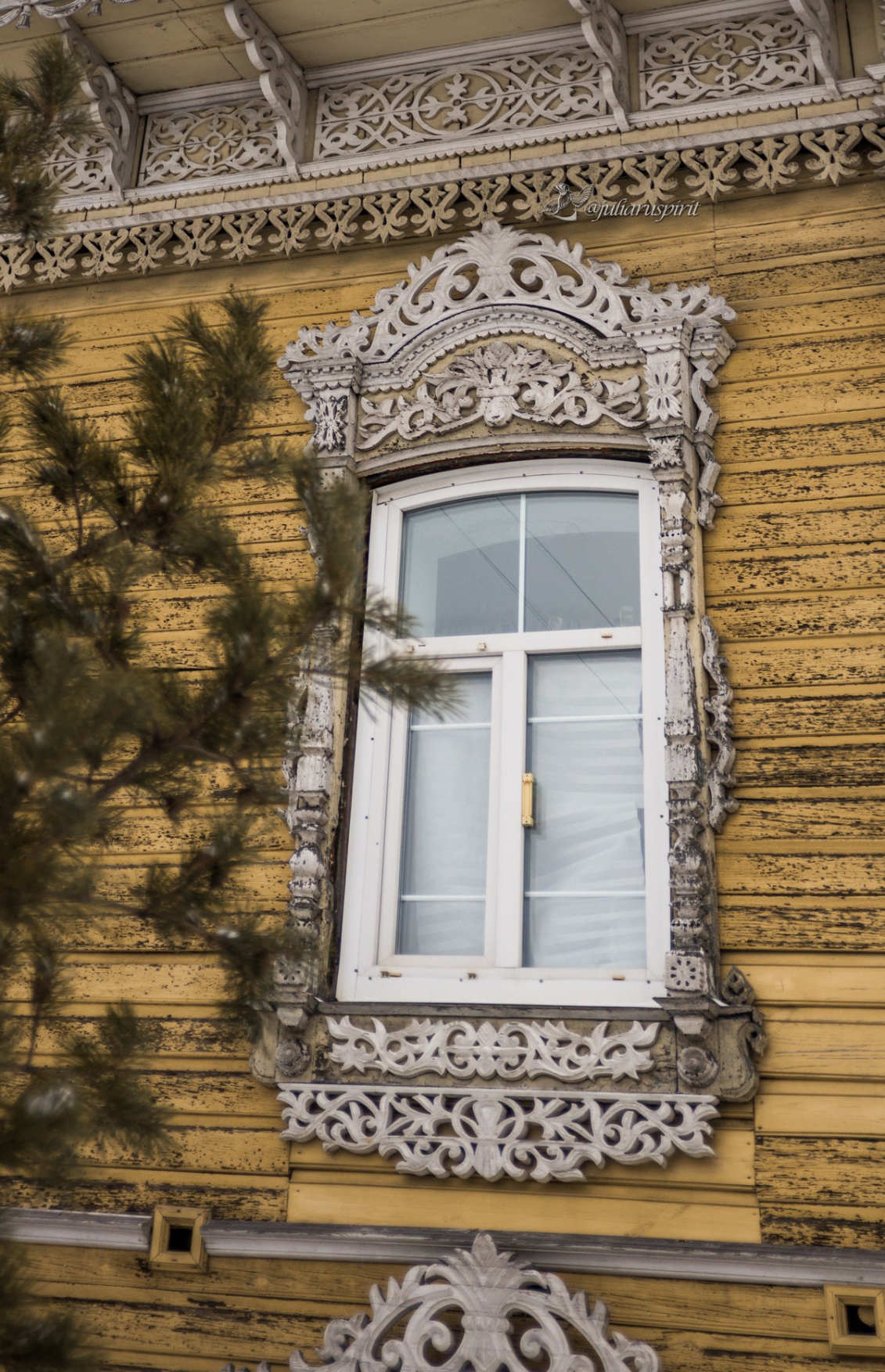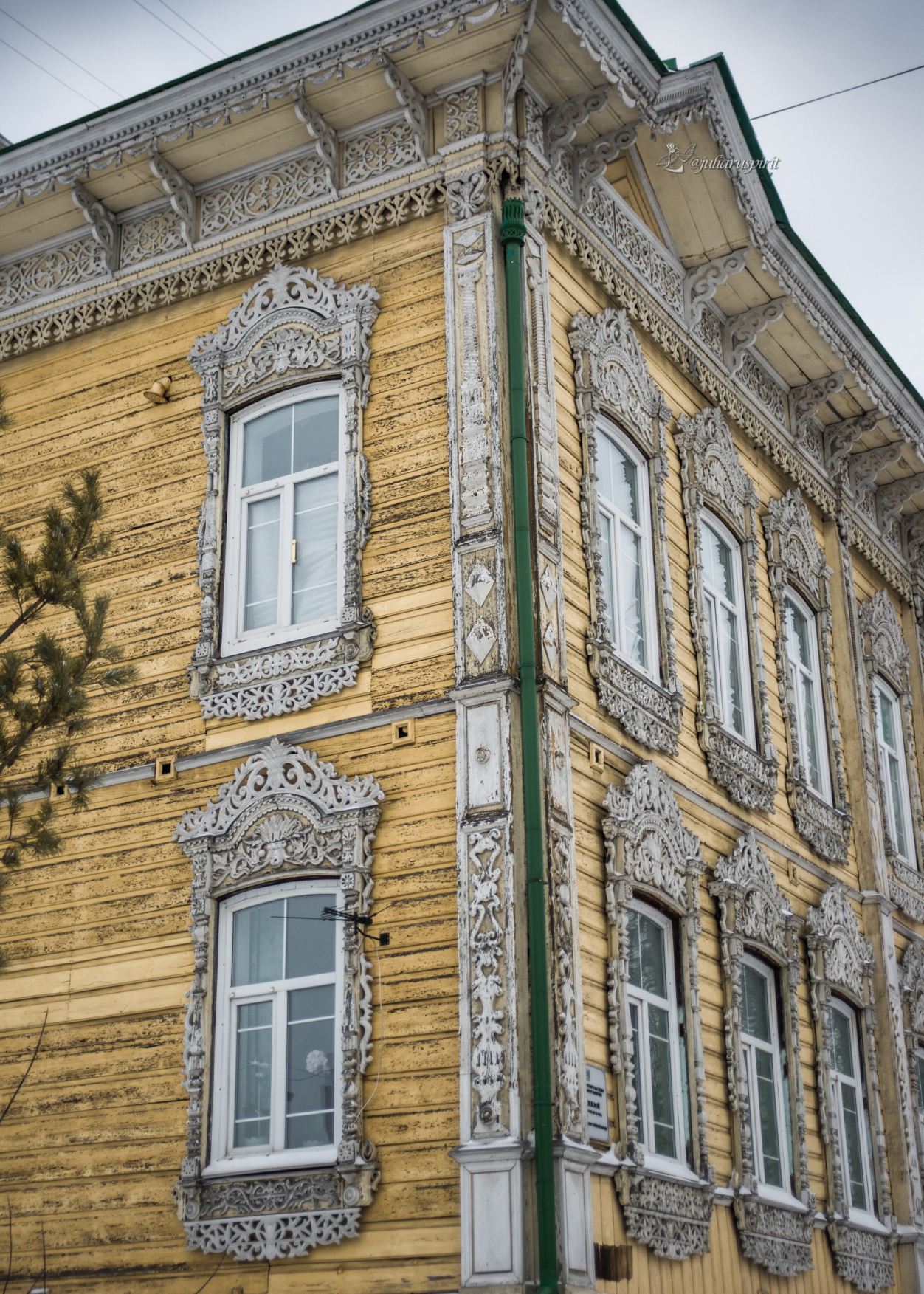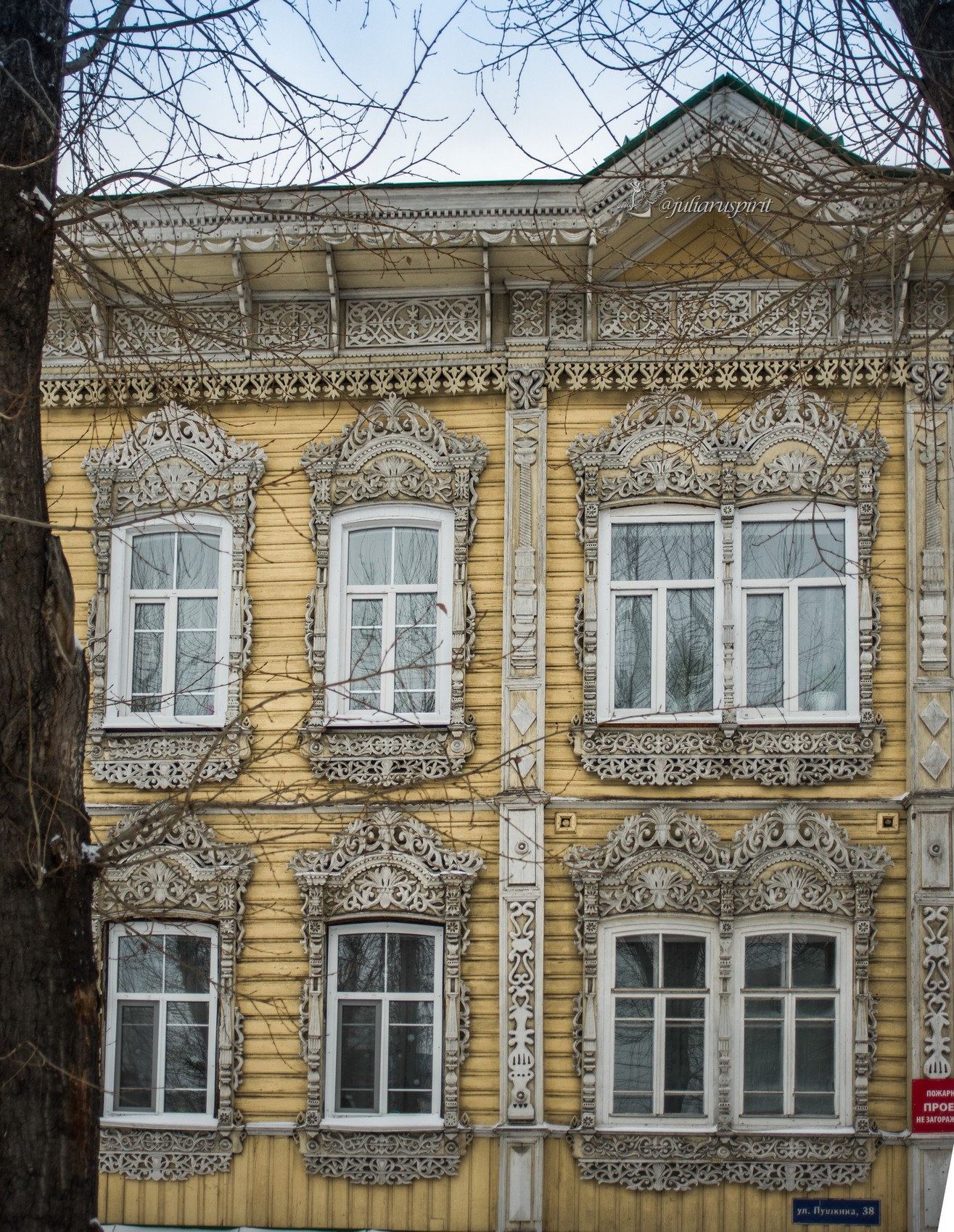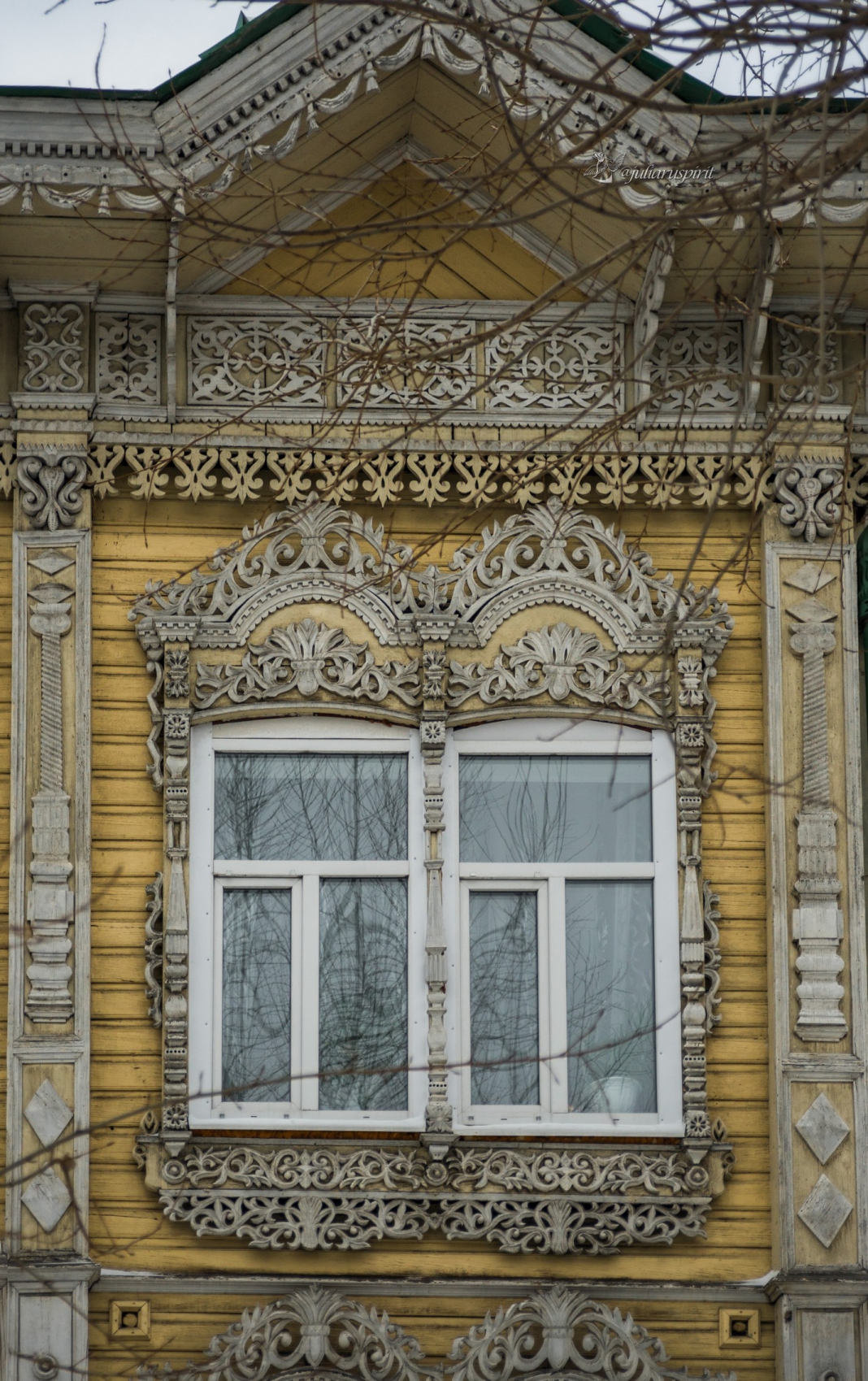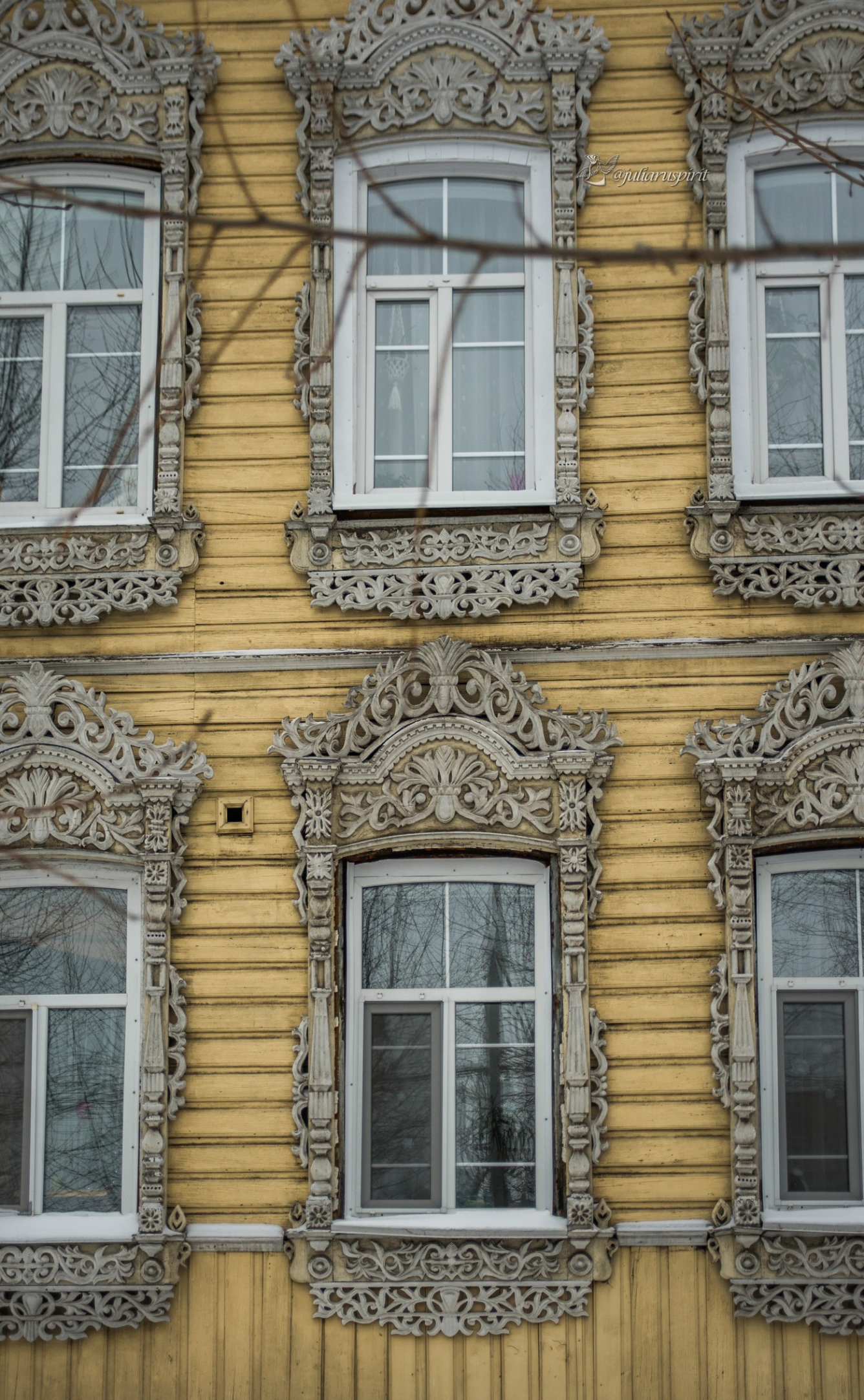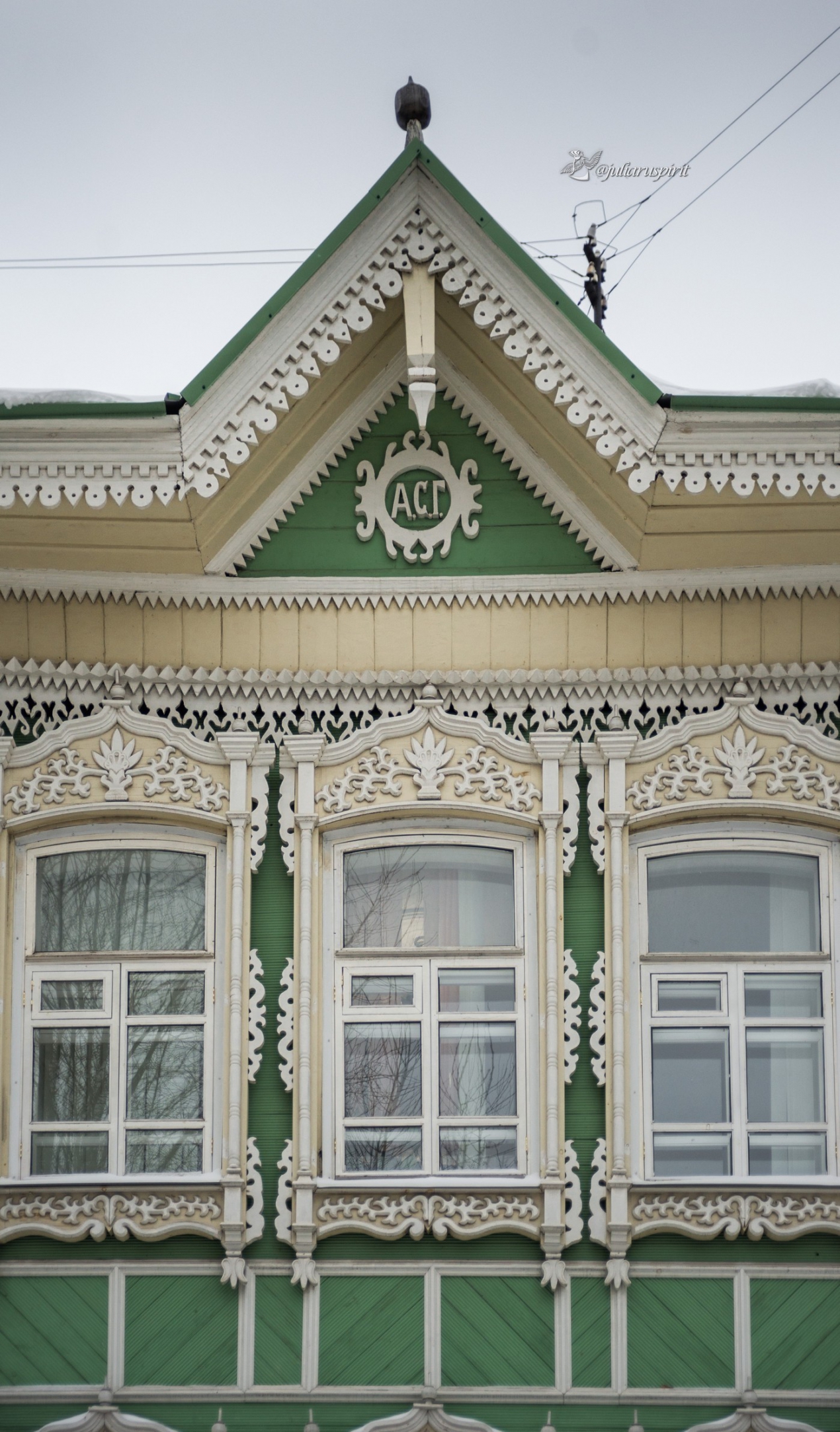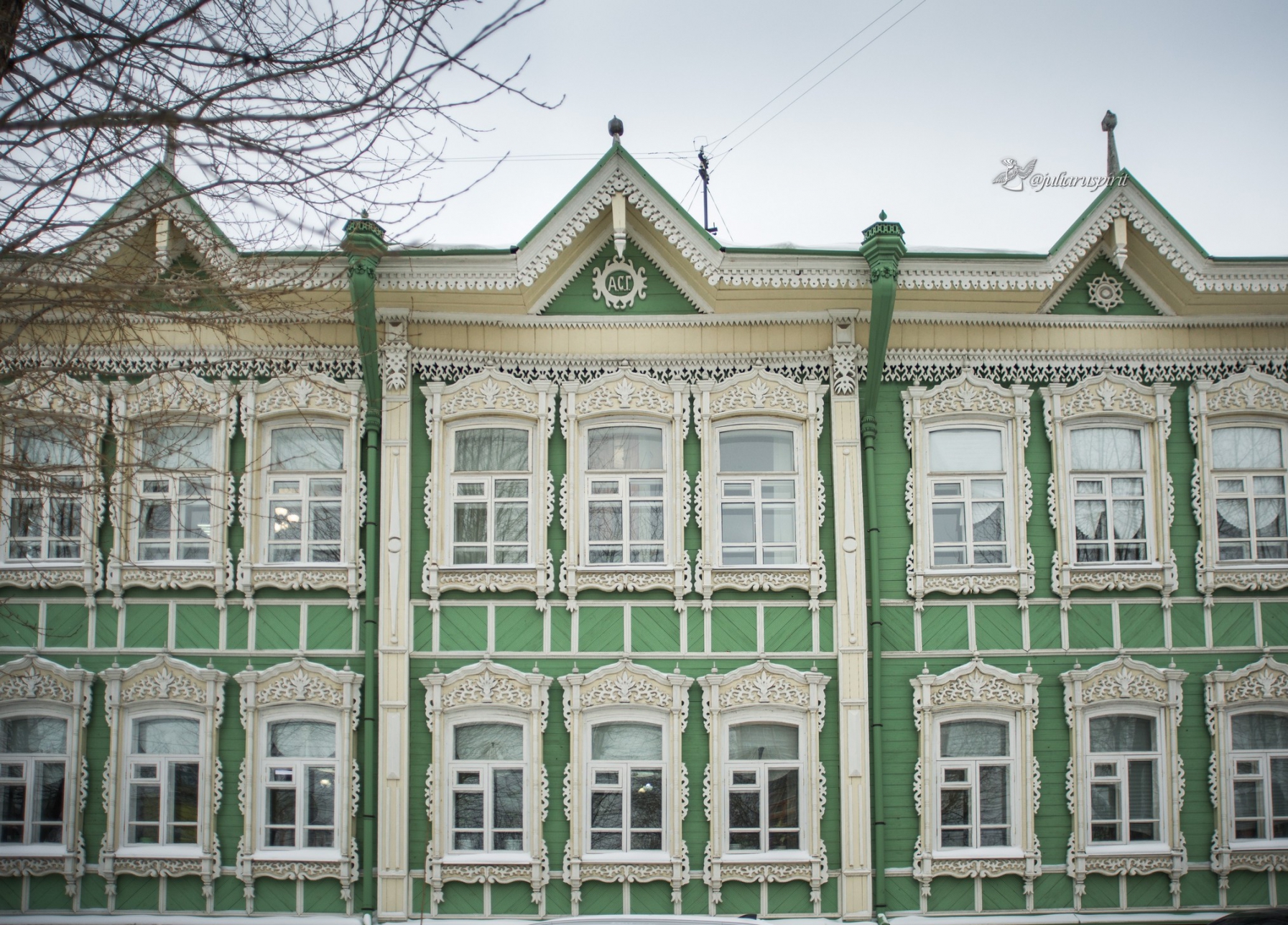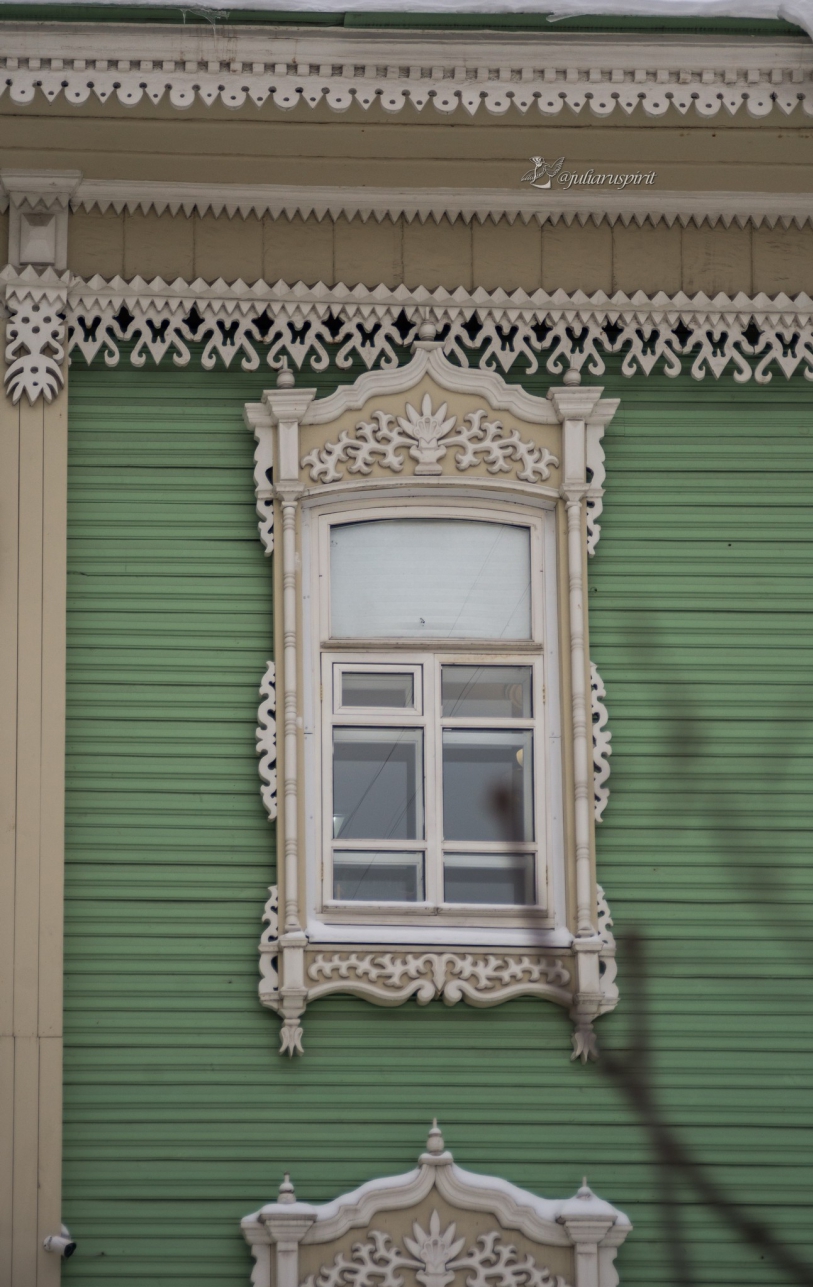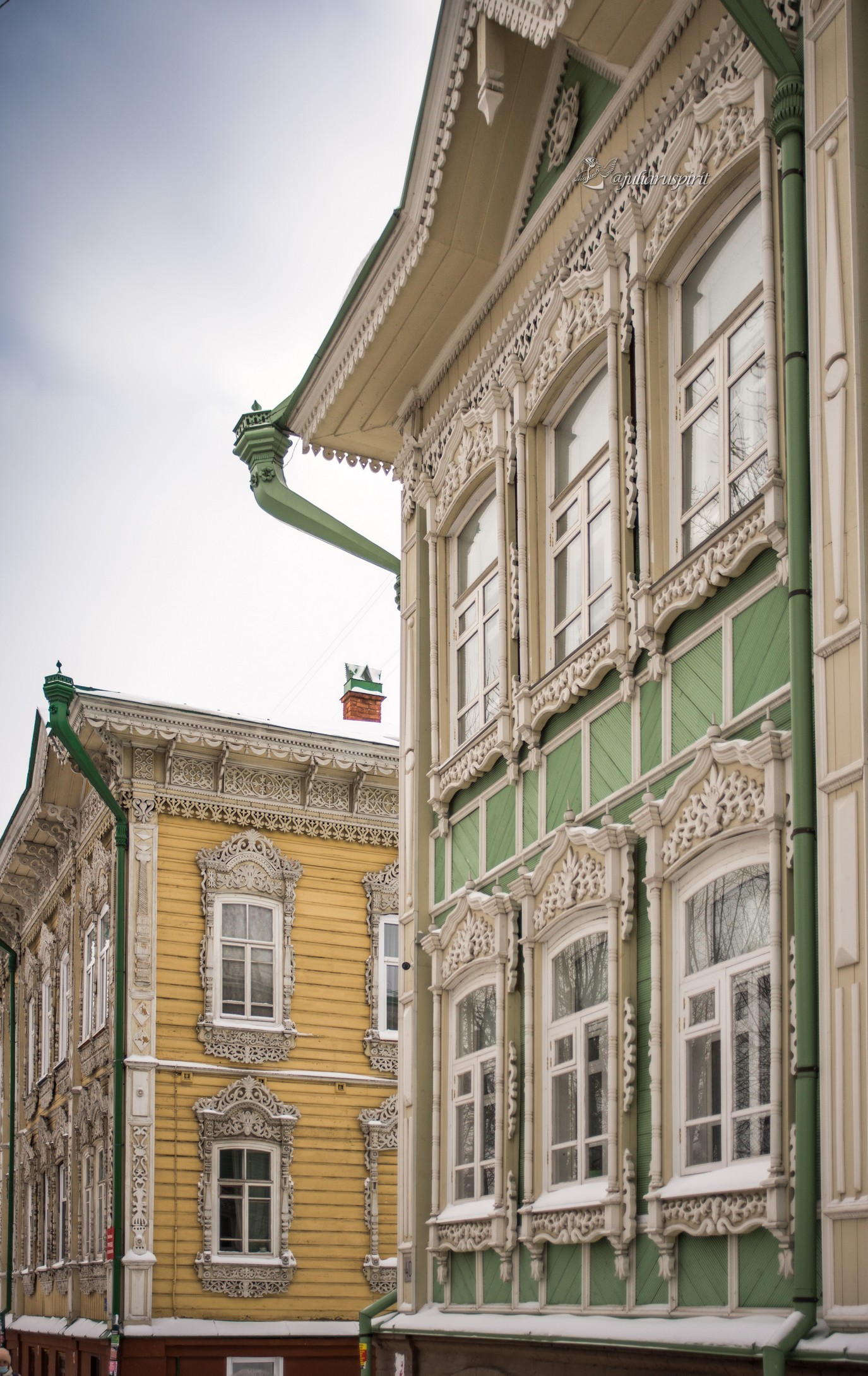 Why Tomsk differs from other Russian cities with such a record number of large wooden houses decorated with carvings?
Why Tomsk differs from other Russian cities with such a record number of large wooden houses decorated with carvings?
Who would have thought, but at the end of the 19th - beginning of the 20th century, a large number of people from the nearest towns and villages moved to Tomsk, as to Moscow now. The city developed rapidly at that time - two higher educational institutions were opened - the Imperial Tomsk University and the Tomsk Technological Institute, and the Transsiberian railway was also under construction. And although Tomsk remained aloof from the famous railway, it still had a powerful impact on the entire region.
It was too much for a simple villager to build his own house in Tomsk, so the demand for rent grew strongly. It was then that enterprising Siberian merchants began to build the so-called tenement houses. Now it is clear why they are so large: each had several apartments. Wood in Siberia was an affordable and inexpensive material, and the soul of the Russian master wanted beauty - and this is how Tomsk all in wooden laces was "born"!
Just compare: in 1866 in Tomsk there were 1996 wooden houses, and by 1910 there were already 6 784! Profitable houses were predominantly two-storied, with “front” entrances and entrances from the courtyard, they contained from 2 to 12 apartments. By the way, only the side of the house from the street was decorated with carvings.
Often, merchants rented rooms even in their own homes. Nowadays, most of the houses are also apartment buildings.
And in the photos there are just 2 apartment buildings on Pushkin Street 38 and 40.

